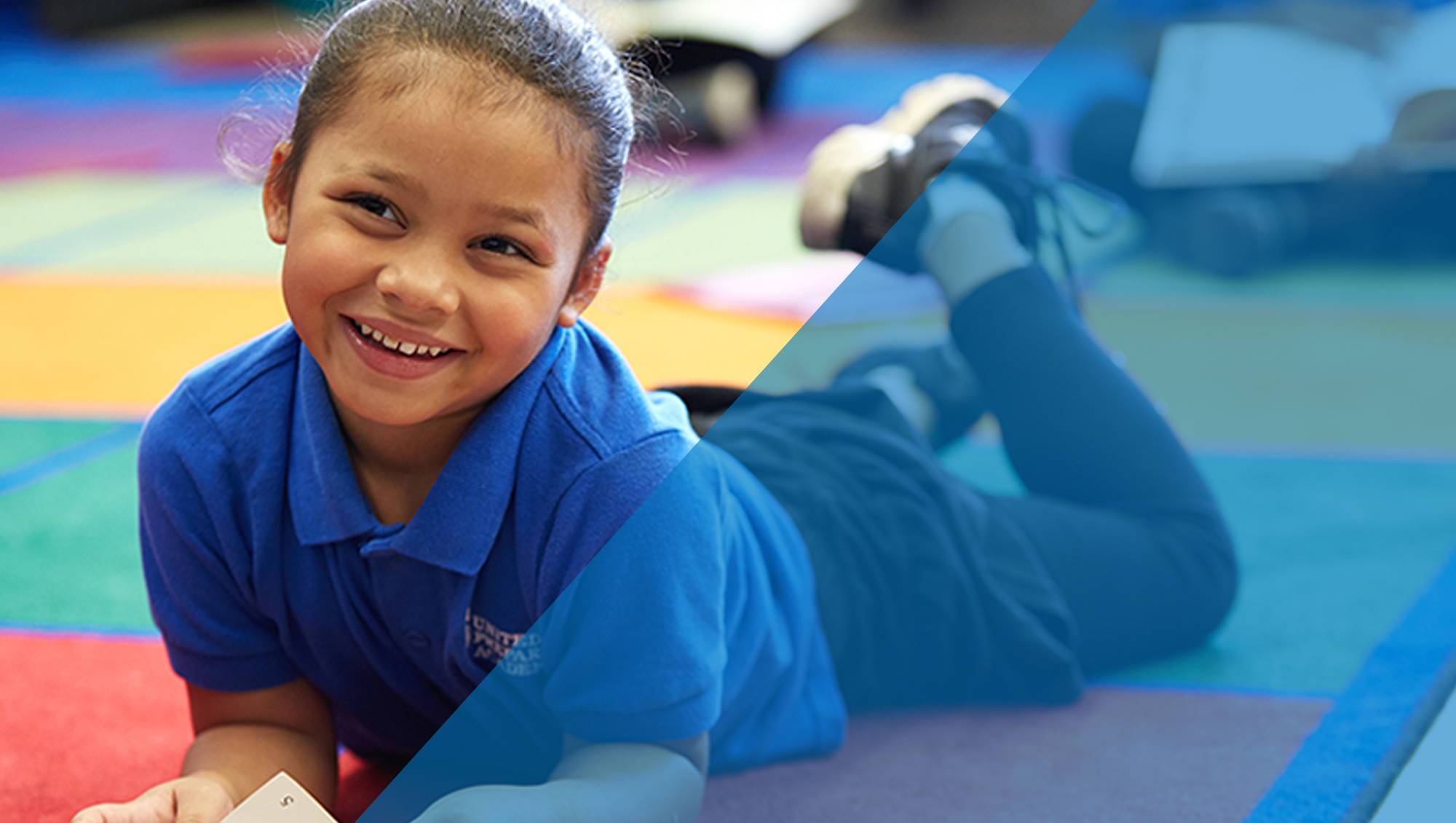For the last two months, my colleague Ben Pacht and I have been writing about the work we are doing at United Schools Network (USN) in response to the COVID-19 pandemic and the subsequent school closure order in Ohio (see here, here, and here). In this fourth post in the series, we’ll summarize some key points we’ve made before, plus offer a few ideas specific to measuring and analyzing remote learning engagement.
Read MoreAs we are all aware, the COVID-19 pandemic has fundamentally altered how our society has functioned over the past few months. The education sector is no exception. As science teachers can attest, one of the unfortunate, enduring realities for life on this planet is that a minuscule virus, just microns in diameter, can leave an outsized impact on life as we know it. Yet a second enduring reality is that the form of life known as Homo sapiens is awfully resilient, and educators across the country are thinking creatively to ensure continuity of education for our students in a remote setting.
Read MoreOnce we at the United Schools Network learned about Governor DeWine’s school closure order on the afternoon of March 12, the pivot to remote learning began immediately. The first thing we did was create a COVID-19 Task Force in order to start planning for the initial three-week closure. While those plans were quickly implemented, we’ve now transitioned to creating longer term plans that address learning needs as Ohio schools will remain physically closed to May 1 and possibly beyond.
This limited (hopefully) blog series is our attempt to share what we’re learning during the pandemic. We’ve outlined seven early lessons in this post, which are focused on setting a network or district up for success throughout the closure
Read More



